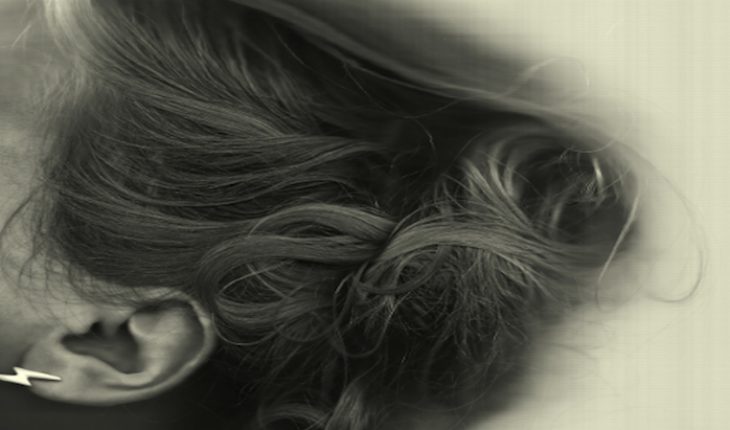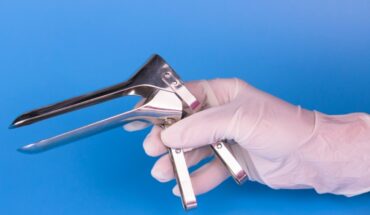From 15th April, The Freud Museum London will launch Tall Tales a new exhibition bringing together the work of 17 women artists, who weave storytelling techniques into their art. The building which now houses the Museum in Hampstead was formerly the home of the iconic psychoanalyst Sigmund Freud and his daughter, Anna, an eminent child-psychoanalyst who lived in the house until her death when it was turned into a museum. During her lifetime the building was the Anna Freud Centre. Carol Seigel, the Museum’s Director says “We still get people visiting the Museum who knew Anna and some of them were even analysed by her.” Artist Ruth Barker’s moving performance piece, included in the exhibition, pays homage to Anna who is remembered by her former colleagues as being ‘quiet’, ‘self-depreciating’ ‘intense’ and ‘rather scary,’ adds Seigel.
Tall Tales will feature new works and performance commissions by 17 women artists. Ruth Barker will present Glass, Blinded To The Room, a new video and installation work inspired by Anna Freud’s desk, and a new performance commission, The Foot Exerts a Pressure On The Surface Of The Glass, to be staged in the Freud family dining room. Barker’s new performance will be a very contemporary take on an ancient oral tradition. Whilst speculating on the nature of memory, improvising questions and asking the audience to silently revisit their dreams, Barker will ask museum staff to select and insert objects from the Freud collection and archive into her performance, also encouraging audiences to offer spoken responses to her dreamlike calls.
Stories have been shared for centuries and across every culture as a means of entertainment, cultural preservation and education. The women artists in Tall Tales use storytelling techniques to toy with our perception of myth, reality, the public and private, ideas on difference, as well as question our assumptions. Their works reveal uncanny scenarios, sometimes pointing to personal stories but more broadly, issues pertinent to society at large, and what we might call ‘the human experience’.
This year the Freud Museum celebrates its 30th Anniversary since it opened in 1986. Visitors to the Museum can see the iconic psychoanalytic couch on which Sigmund Freud analysed his patients. Here his patients would tell him their dreams, terrors, traumas and phobias, or say whatever came to mind before he interpreted their unconscious messages and memories. The most famous couch in the world was given to the founder of psychoanalysis by one of his patients, Madame Benvenisti, in about 1890.
Born on 3 December 1895, Anna Freud was the youngest of Sigmund and Martha Freud’s six children. Aged 15, she began reading her father’s work, but her serious involvement in psychoanalysis occurred in her early 20s, when her father started psychoanalyzing her. (It was not anomalous for a father to analyse his own daughter at this time, before any orthodoxy had been established.) In 1920 father and daughter both attended the International Psychoanalytical Congress at The Hague. They both shared a love of culture and friendships. One common friend was the writer and psychoanalyst Lou Andreas-Salomé, who was once the confidante of Nietzsche and Rilke and who was to become Anna Freud’s confidante in the 1920s. Anna’s literary interests paved the way for her future career. “The more I became interested in psychoanalysis,” she wrote, “the more I saw it as a road to the same kind of broad and deep understanding of human nature that writers possess.”
In 1922 Anna Freud presented her paper “Beating Fantasies and Daydreams” to the Vienna Psychoanalytical Society and became a member of the society. Soon afterwards she opened her own child-psychoanalytical practice and gave seminars on this subject at the Vienna Psychoanalytic Training Institute. Her work resulted in her first book, a series of lectures for teachers and parents entitled: Introduction to the Technique of Child Analysis (1927: American 1928).
Anna work continued her father’s ground-breaking intellectual adventure. She said: “We felt that we were the first who had been given a key to the understanding of human behaviour and its aberrations as being determined not by overt factors but by the pressure of instinctual forces emanating from the unconscious mind…” Her life was also a constant search for useful social applications of psychoanalysis, above all in treating, and learning from, children. “I don’t think I’d be a good subject for biography,” she once commented, “not enough ‘action’! You would say all there is to say in a few sentences – she spent her life with children!”
- People’s Choice Victory for Down’s Syndrome Scotland Garden at Chelsea 2025 - 28th May 2025
- Cadogan: A Chelsea Family By Tamsin Perrett - 3rd May 2025
- Dream Worlds a new exhibition in Cambridge - 14th December 2024






